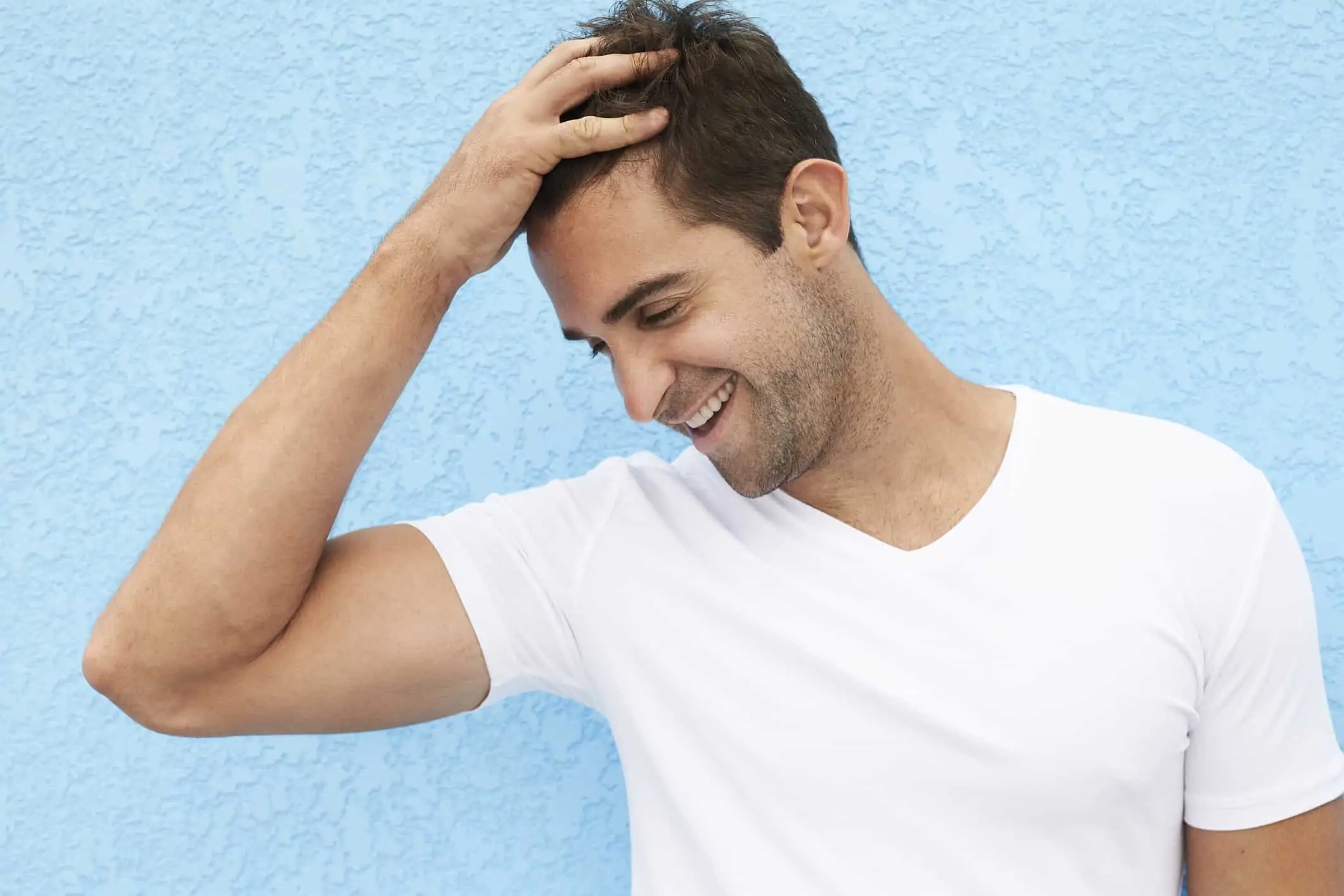Nearly 35 million men and 21 million women suffer from hair loss. Some start at or before the age of 35, causing the loss of 70% of their scalp hair by age 80. There are many solutions out there for those suffering from hair loss, including hormonal support, but few are as minimally invasive as PRP hair treatment. It makes use of your own blood, transforming it through the use of centrifuge technology to promote healing and growth. If you're curious about what PRP for hair loss can do for you, let's explore what it is, how it works, and study its various benefits.
What Is PRP?
Platelet-rich plasma (PRP) or autologous conditioned plasma is a concentrate pulled from blood by using a centrifuge. This process removes all red blood cells from the blood, creating a plasma used in treating many health issues, including hair loss. Pure plasma contains special proteins, such as platelets, that cause blood to clot. When injecting PRP directly into damaged tissue, it causes healing, growth, and overall renewal. Researchers believe the body heals faster due to the concentrated nature of the plasma used.
How PRP Hair Treatment Works
After going through a full consultation, the treatment begins with a medical professional drawing blood from your arm. It's no different than donating blood or getting routine lab work They send your extracted blood to a lab to be placed into a centrifuge. Through this process, your blood separates into its primary components. The platelets gained from this process become the most important part of the whole procedure. They contain growth factors and bioactive proteins that repair and regenerate tissue.
Your doctor puts the solution back into a needle and injects it into specific areas around your scalp. Once the injections are in, the healing process calls stem cells to the injection points which further assist in regenerating tissue. Depending on the extent of your hair loss, the entire procedure can be completed either within an hour or over the course of several sessions. Throughout the process, you may require anywhere from 20-30 small injections for the treatment to take effect in the desired areas. The result is naturally thick and vibrant hair.
Consider that PRP hair treatments are not cures for underlying conditions causing hair loss. Many patients find that they need recurring treatments to ensure their hair remains full and healthy. It's also possible that your body may not respond to the treatment as strongly as others. For example, it may increase hair growth in the affected areas, but it may not be as thick as you hoped.
The Effectiveness of PRP Hair Treatment
Research shows that those who partake in PRP treatments for hair loss experience significantly increased hair growth. In a recent study, 45 patients with alopecia areata were randomized to either receive injections of PRP, triamcinolone acetonide (TrA), or a placebo. Around 60% of patients treated with PRP achieved complete remission after 12 months. Only 27% treated with TrA reached remission within the same period.
What Are the Benefits of PRP Hair Treatment?
Explore some of the many benefits of PRP hair treatment below:
Versatility
PRP hair treatment isn't only beneficial for scalp hair. Some professionals use it to replenish facial hair follicles for men as well. The process is relatively similar to scalp hair treatment except with injections through affected areas around the face instead.
Convenience
As a minimally invasive procedure, there is no recovery time necessary after treatment. Patients are able to drive home or back to work right after and resume their normal daily activities.
Minimal Discomfort
PRP hair treatments do not involve surgery as other methods do. Expect only minor discomfort as you will feel nothing more than a needle prick. What you do feel is often temporary. Both patients and professionals relate the experience to being very similar to undergoing routine blood work.
Safer Than Other Alternatives
There's very little risk involved in PRP hair treatments. Doctors use your own blood to perform the procedure, leaving no room for bodily rejection or allergic reaction. The process calls upon your own body's systems to repair itself.
Potential Side Effects of PRP for Hair Loss
While it may be safer than other alternatives due to the nature of the treatment, with every procedure comes risks. Any therapy that uses injections have the ability to cause:
- Infection
- Scar tissue
- Blood vessel injury
Some professionals opt for a local anesthetic when conducting this procedure. It's not uncommon for patients to have allergic reactions to the ingredients that make up these anesthetics. Talk to your doctor prior to your procedure and discuss any known allergies you may have.
What to Consider
As with any procedure, discuss any medications or supplements you're currently taking before treatment begins. Be aware that some doctors may advise against this type of treatment if you:
- Are on blood thinners
- Are a smoker
- Have a history of drug abuse
There are other cases in which a doctor may recommend against you using this treatment such as:
- Low platelet count
- Cancer
- Infection
- Liver or skin disease
- Metabolic disorder
- Sepsis
- Thyroid disease
Is PRP Hair Treatment Right For You?
After reading through the side effects and considerations, you should have a better idea of whether or not you're a good candidate for the procedure. Being so simple and relatively noninvasive, PRP for hair loss is an exciting opportunity for men and women of all ages. There are little-to-no side effects, and you can expect to see a difference in just a few short months.
Stop worrying about your thin patches and start doing something about it. If you're ready to learn more about what PRP hair treatment can do for you, feel free to contact us. We'll give you a deeper insight into how our bRegenerative platelet-rich plasma hair restoration procedure works and determine if it's the best course of action for you and your overall wellness.
 East Delray, Florida
East Delray, Florida West Delray, Florida
West Delray, Florida The Boca Raton, Florida
The Boca Raton, Florida Midtown Miami, Florida
Midtown Miami, Florida Carillon Wellness Resort
Carillon Wellness Resort  Williams Island
Williams Island  Midtown Tampa, Florida
Midtown Tampa, Florida Life Time
Life Time Grand Wailea
Grand Wailea  NOW OPEN
NOW OPEN  COMING SOON
COMING SOON 
